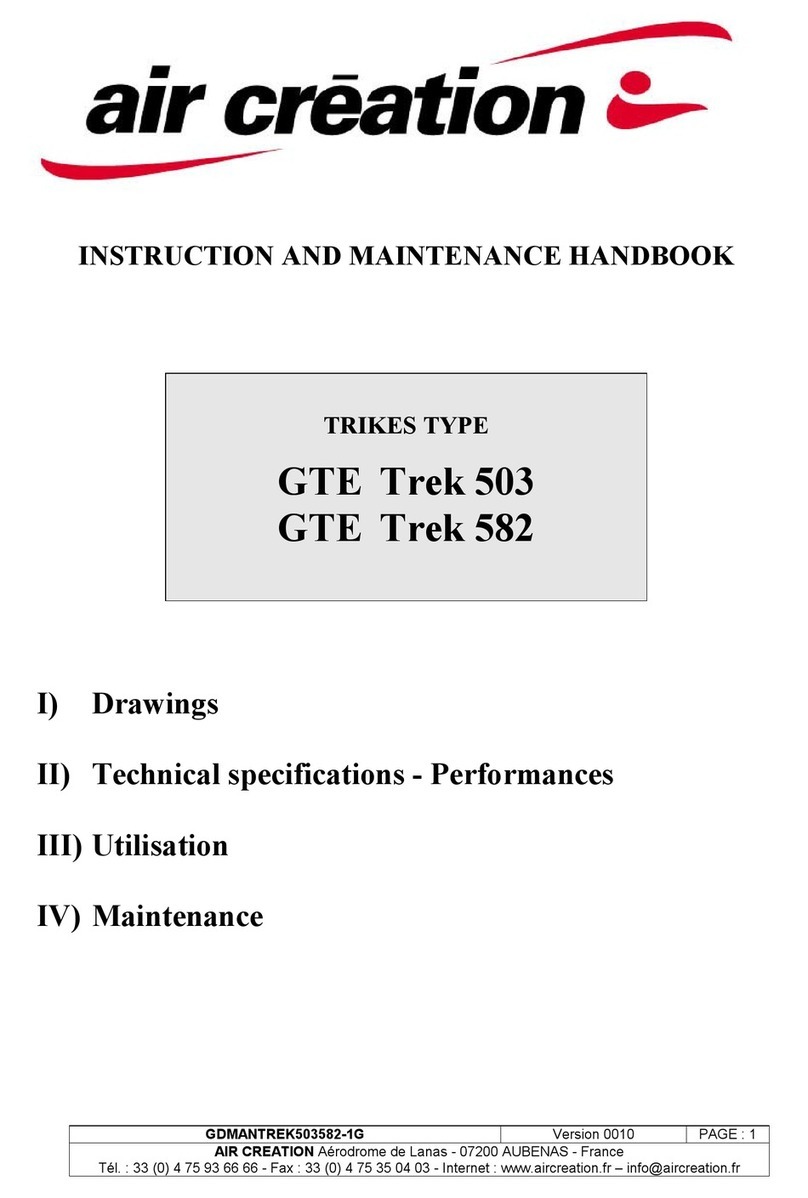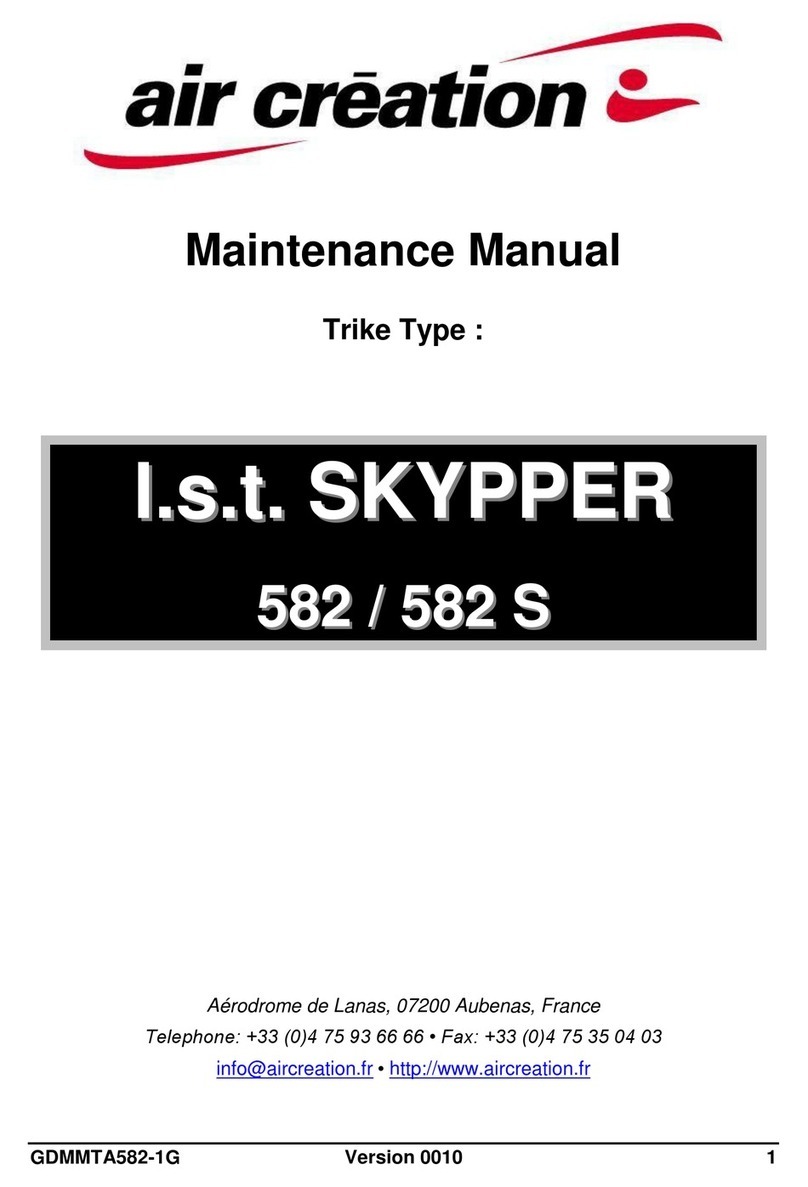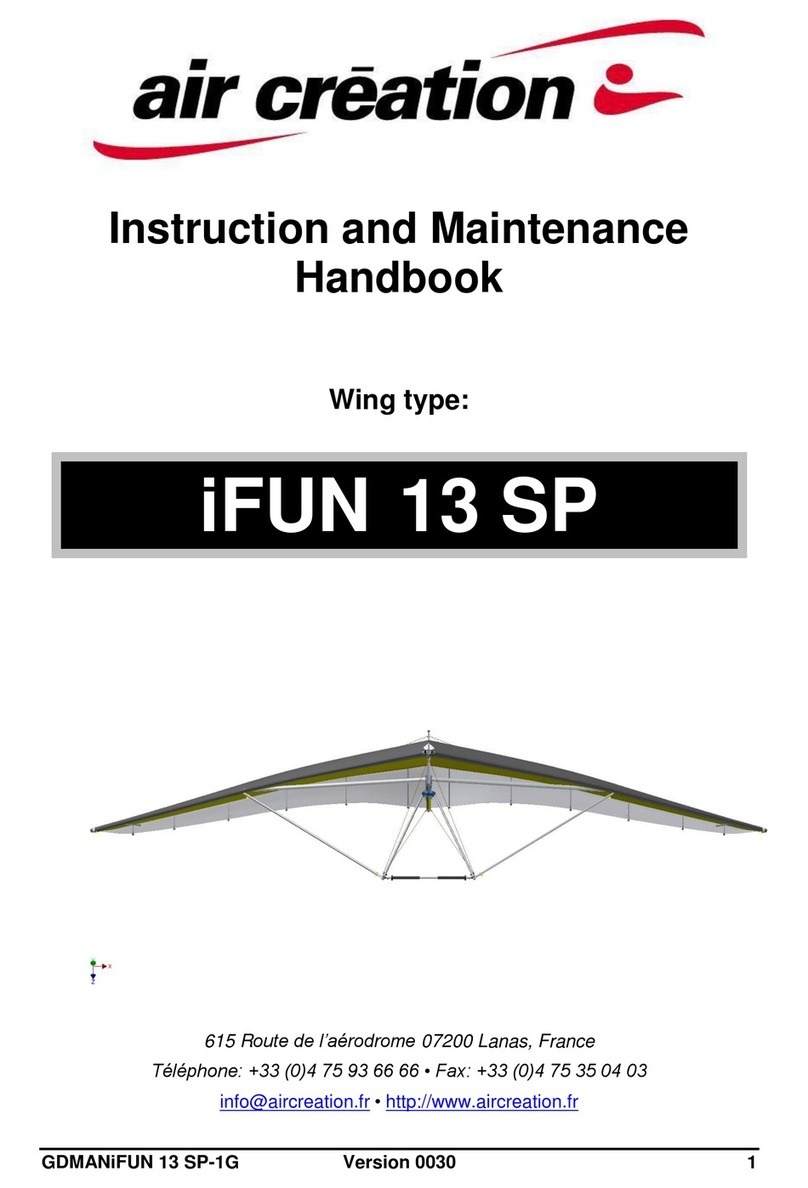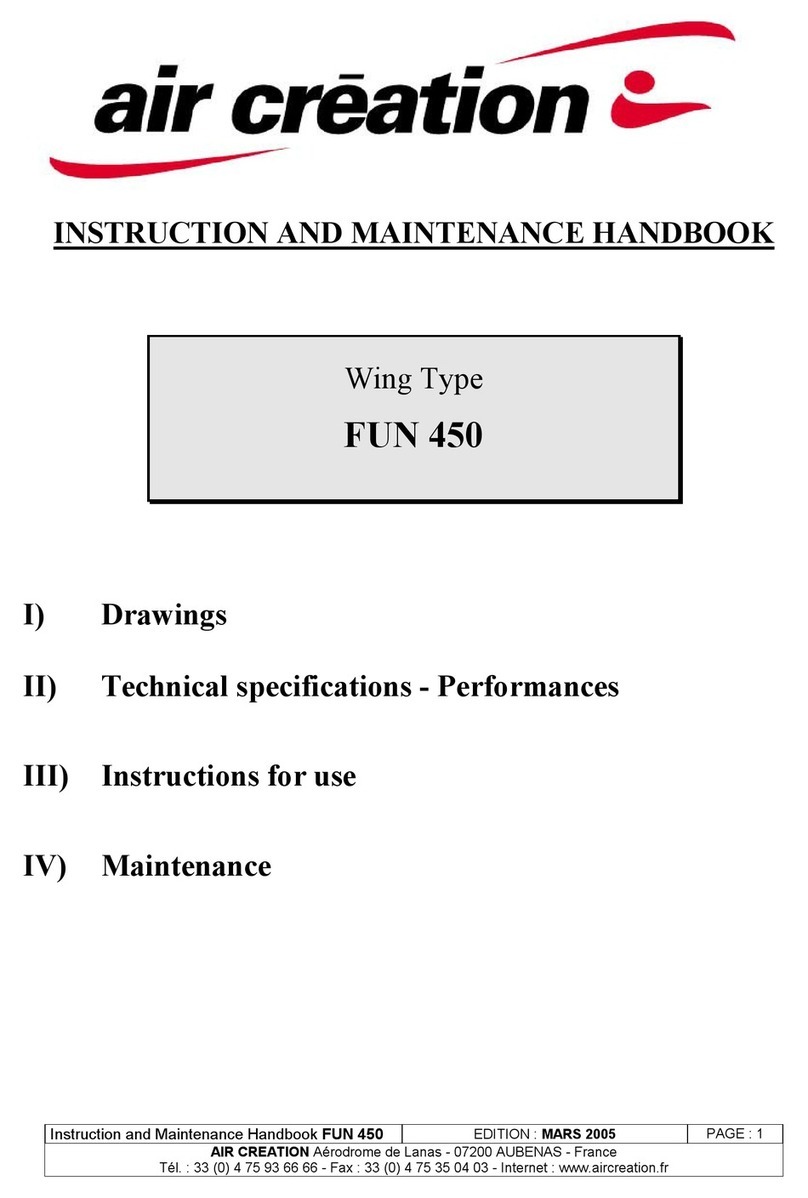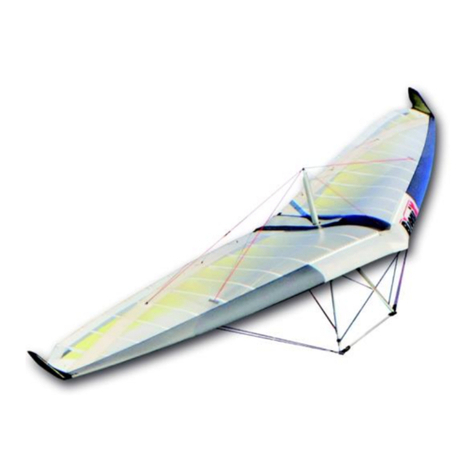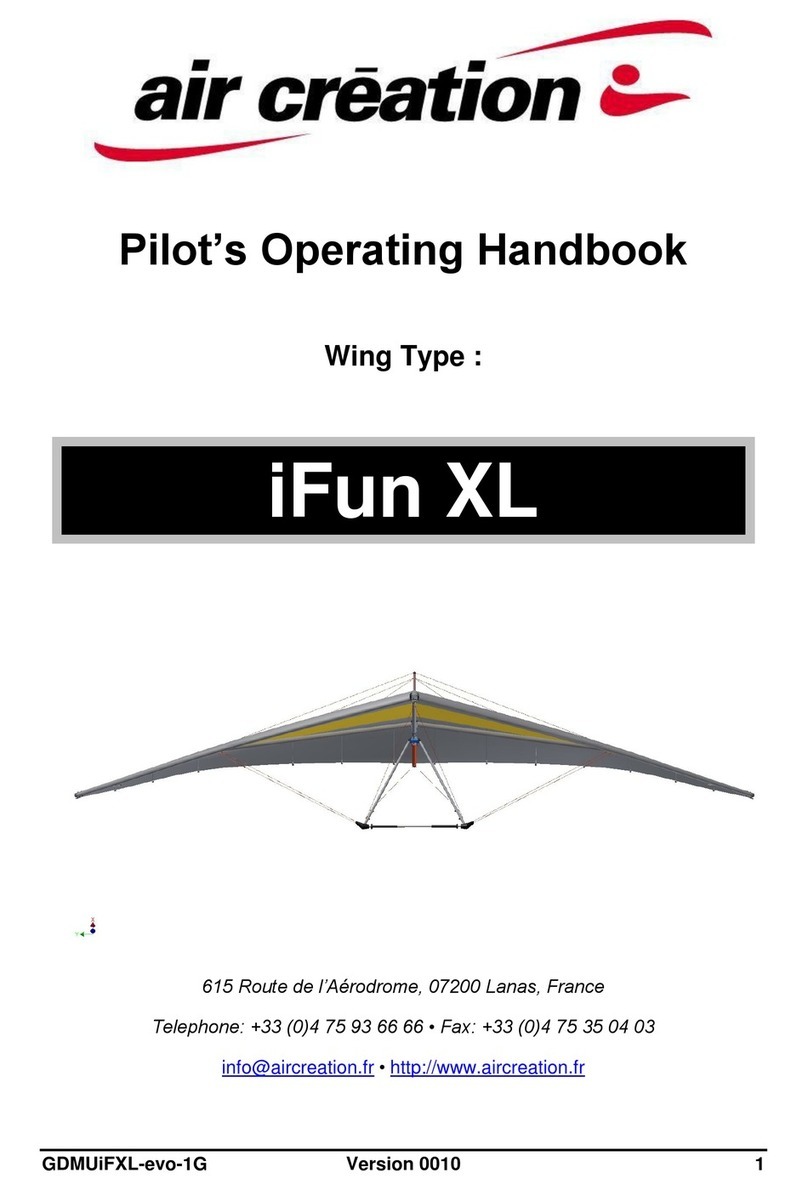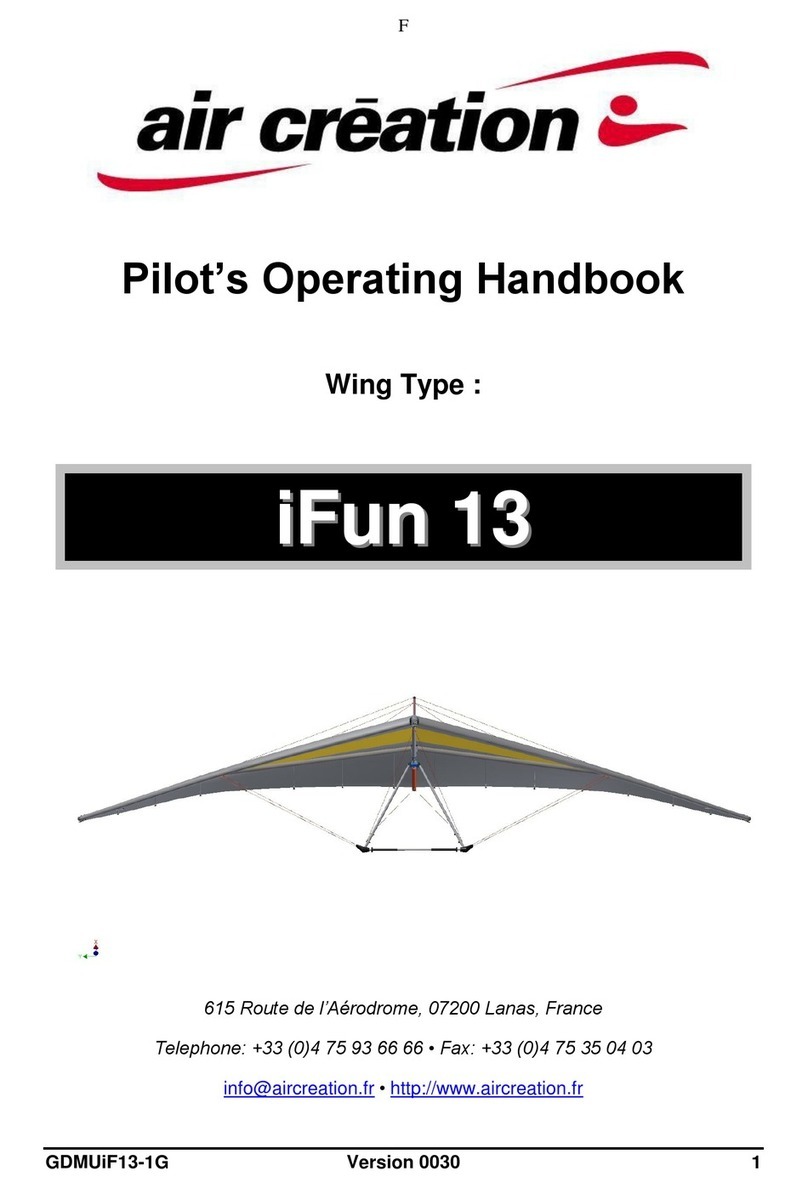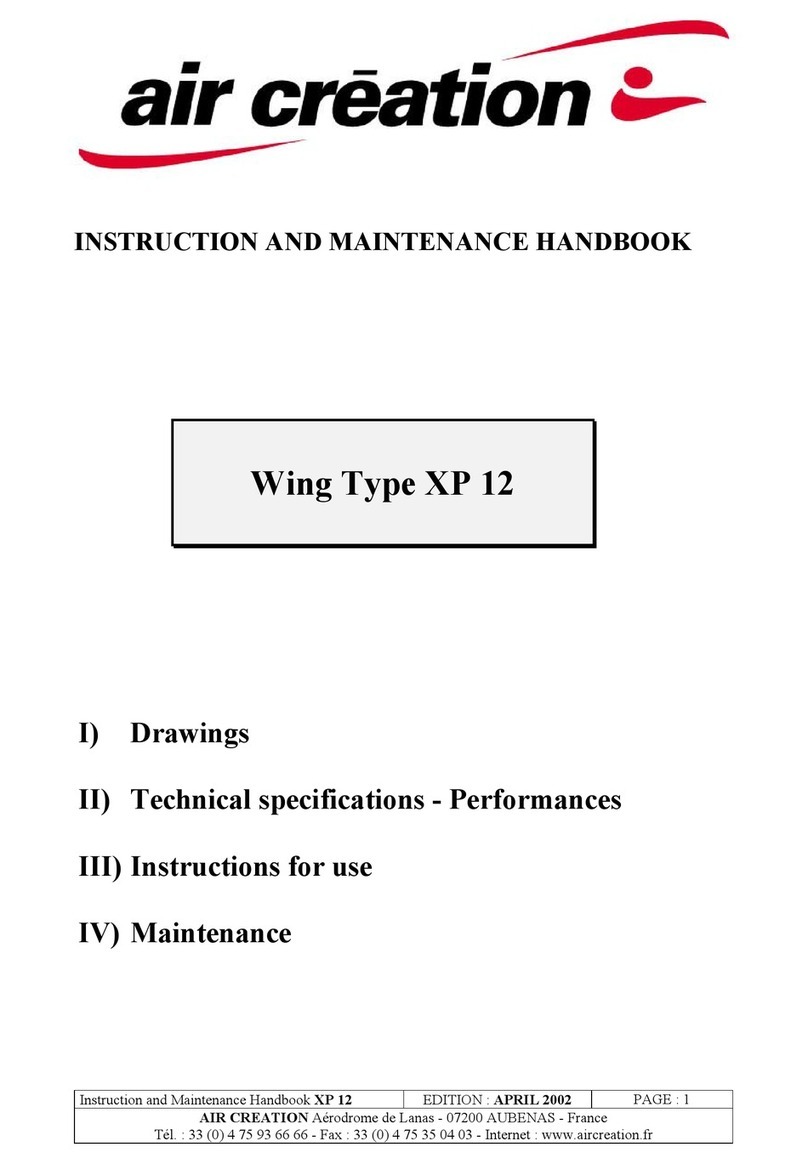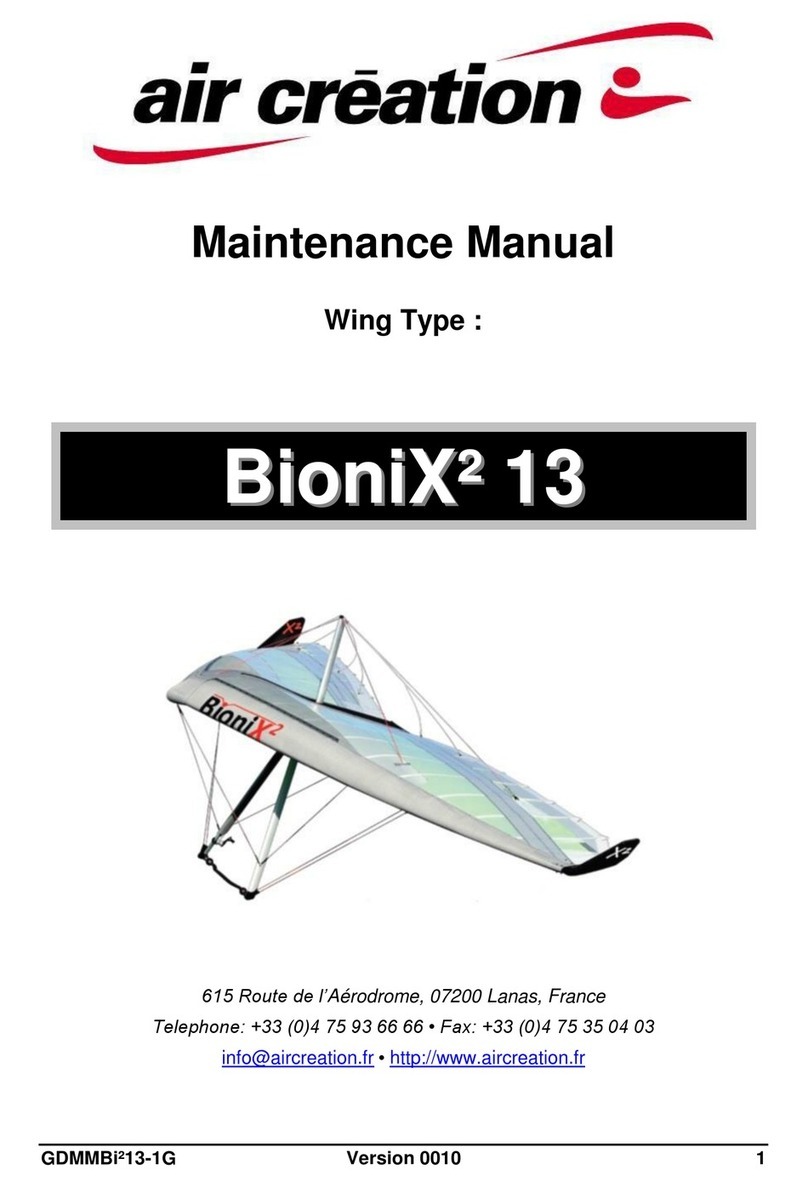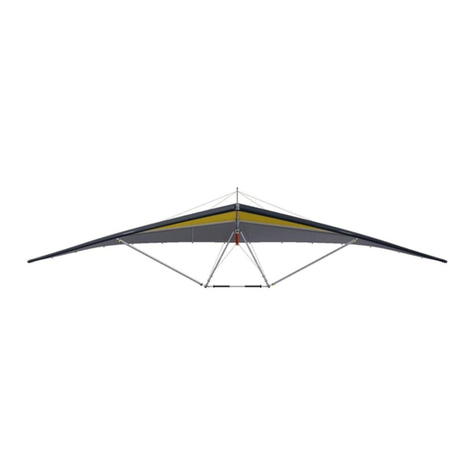
GDMUSKevo912IS-2G Version 0010 3
5.7 Start-up .............................................................................................. 12
5.8 Flight .................................................................................................. 13
5.8.1 Prior to Take-Off...................................................................................................13
5.8.2 Take-Off................................................................................................................14
5.8.3 Cruising ................................................................................................................14
5.8.4 Landing.................................................................................................................14
5.8.5 Parking .................................................................................................................15
5.9 Emergency procedures...................................................................... 15
5.9.1 Power failure on take-off ......................................................................................15
5.9.2 Power failure at altitude........................................................................................15
5.9.3 Restart the engine in flight....................................................................................15
5.9.4 Engine fire ............................................................................................................15
5.10 Options............................................................................................... 16
5.10.1 Cockpit fairing.......................................................................................................16
5.10.2 Parachute.............................................................................................................16
5.10.3 Dual Control for Instruction...................................................................................16
5.10.4 Skis.......................................................................................................................17
5.10.5 HP (Cross Country)..............................................................................................17
5.10.6 Bush .....................................................................................................................17
5.10.7 Strobes.................................................................................................................17
5.10.8 Oil Thermostat......................................................................................................17
5.10.9 4-points harness...................................................................................................17
5.10.10 Flight instrument MGL Explorer+SP6+FF............................................................17
5.10.11 Flight instrument MGL Xtrem+SP6+FF................................................................17
5.10.12 Flight instrument MGL MX1+SP6+FF..................................................................18
5.10.13 Flight instrument MGL EMS2...............................................................................18
5.10.14 Flight instrument MGL ASV 2...............................................................................18
5.10.15 Magnetic Compass Ø57.......................................................................................18
5.10.16 Radio Icom A25 + antenna...................................................................................18
5.10.17 Radio Dittel KRT 2 Radio + antenna.................................................................18
5.10.18 ICA 12 or ICA 13 Intercom .................................................................................18
5.10.19 Dittel KTX 2 Transponder ..................................................................................18
5.10.20 Propeller...............................................................................................................18
5.11 Specific Use / Safety Instructions....................................................... 19
5.11.1 Towing..................................................................................................................19
5.11.2 Load Carriage, Survey Material, Data Transmission, Photography, Video
&c. ........................................................................................................................19
5.11.3 Sky jumpers..........................................................................................................19
5.11.4 Skis.......................................................................................................................19
6Appendix............................................................................... 21
6.1 Trike –Quality Form........................................................................... 21
